Unknown X
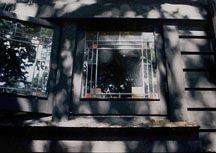
West Chicago suburbs.
Since the original posting, this building has been confirmed as by Frank Lloyd Wright. It is S.177a, the William Heald residence.
The plan of the building was discovered in the archive of Lloyd Wright at UCLA.
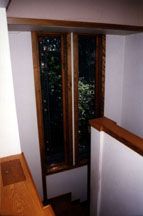
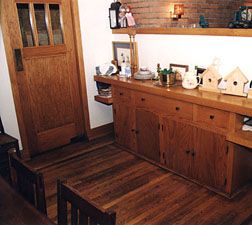
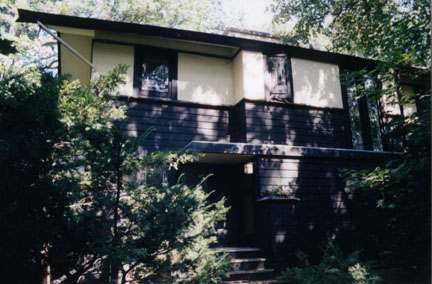
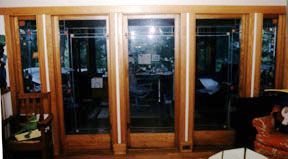
The buildings in this web page are possibly by Frank Lloyd Wright.
While some stalwart Wrightians responded to the challenge to comment on the possible attribution as Wright-designed buildings shown on this web site, others from Cambridge to Madison passed up the opportunity to demonstrate that they actually understand the design principles behind Wright's work. Shame on them! They teach Wright without being able to prove their worthiness for such an endeavour. Here, edited, are some of the more pertinent responses to the items shown.
My original challenge still stands; anyone claiming Wright expertise should look at these and determine authorship. This includes academics teaching Wright and all living authors of books on Wright. Anyone having additional pertinent information on these should contact franklloydwright@storrer.com and provide that information.
|
Unknown X
|
West Chicago suburbs. Since the original posting, this building has been confirmed as by Frank Lloyd Wright. It is S.177a, the William Heald residence. The plan of the building was discovered in the archive of Lloyd Wright at UCLA. |
|
|
|
|
|
|
|
Located in Evanston, this is a Duplex from the bootlegged era of Wright's work. Since a storm (tormado?) destroyed town documents, we are still researching the original client, who lived in the north part of the house, renting the similar south side (which is set back several feet from the north unit). Dating is tentatively set at 1893. The house, identified as the Mason residence, was found by Rich Johnson of the Medill School of Journalism, TV production unit. | ||||||
|
|
Unknown A; Located northwest of Chicago and undergoing restoration. The owner does not want to destroy anything historically important. Dated about 1907. Is this by Wright, someone in his office, or someone working Prairie style independantly? | |||
| |||
| |||
| |||
|
COMMENT: Far northwest Chicago suburbs. There is a lack of overall coherency. The roof of the extension to the right does not relate at all to the wing on the right; the arrangement of the roof was always of paramount importance to FLlW. The eaves are far too distant from the windows to provide the shading that Wright typically employed. The rhomboid windows suggest Walter Burley Griffin. The carelessness of the fenestration and the rear elevation suggest Von Holst. |
|
Unknown B; Evanston, Illinois | ||
| ||
|
COMMENT: Evanston, near the Duplex Too bulky for Wright Diamond-patterned windows are not Wright Is there evidence of a removed porch (which, if there, might support Wrightian attribution)? |
|
Unknown C |
COMMENT: U of Chicago Kenwood area The only thing that calls Wright to mind is that tower dormer, which looks like a typical FLlW experiment. The roof does not read properly. Another Queen Anne knockoff? Wright's bootlegs had bands of windows around the turrets.
|
|
|
|
|
Unknown D
|
|
|
|
Racine, in the same block as the Mitchell house The fenestration of the stair tower is all wrong. This is a collection of parts, not an ensemble. What of that cantilevered entry; who else other than Wright could do that? The relation of the gambrel end, the tall chimney and the squat tower between is awkward and arbitrary.
|
| ||
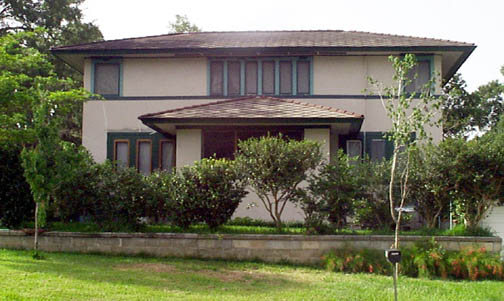 | ||
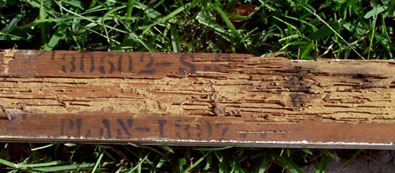 |